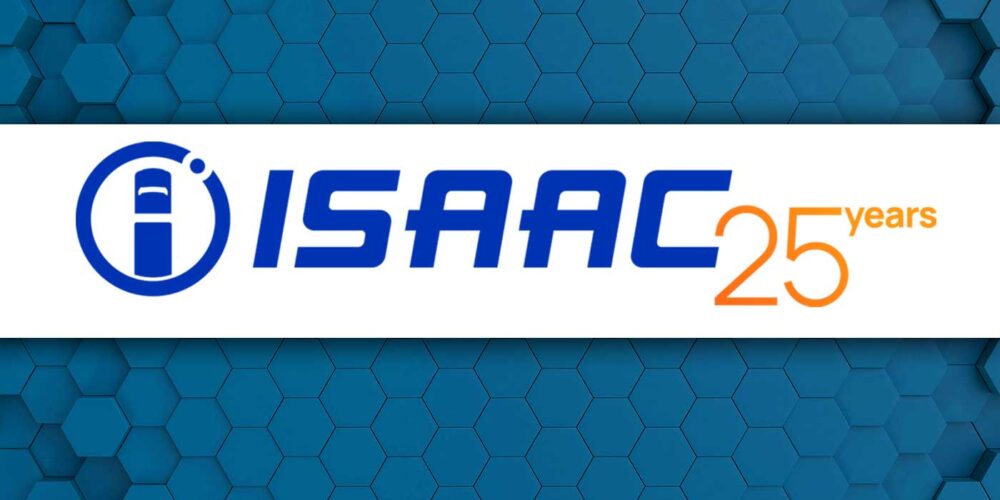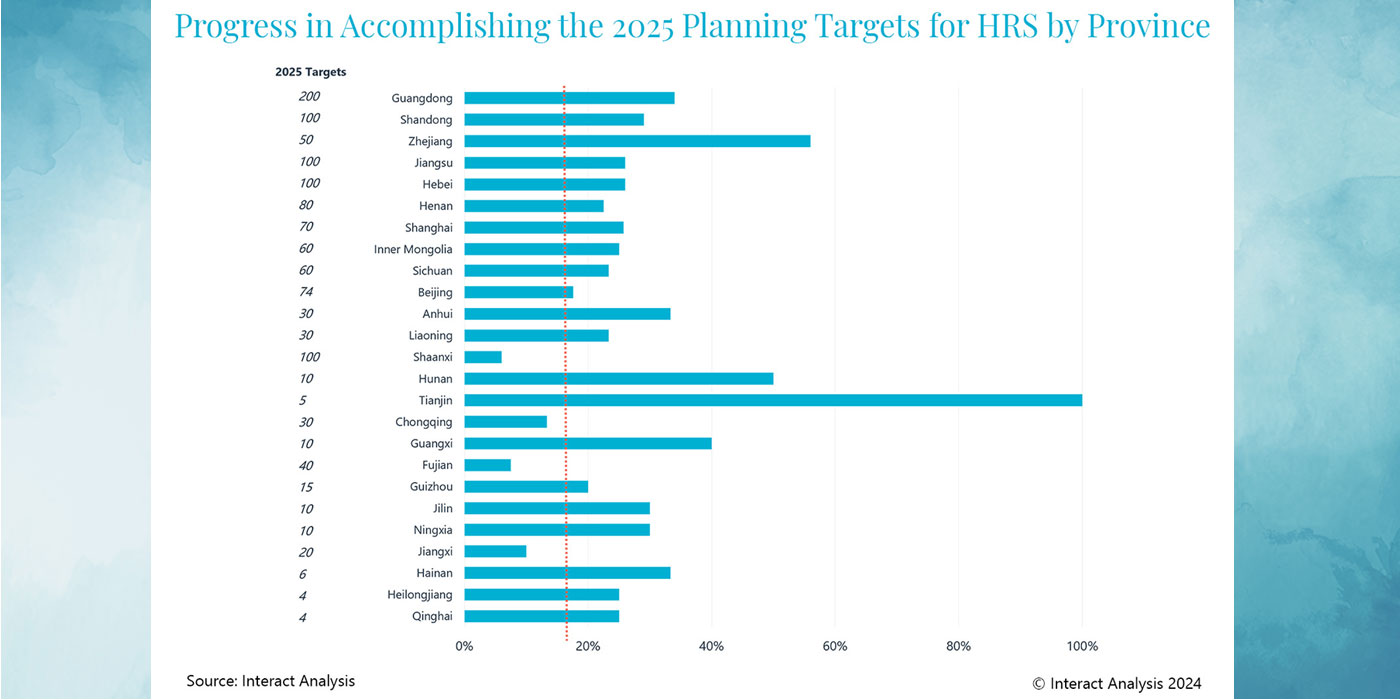As FTR and Truckstop.com continue their analysis of spot market pricing, their research has unearthed a steady stream of new insights about truck pricing. Here are three quick observations from Noel Perry, transportation economist at FTR, which are now much clearer because of big data.
- “Spot prices have been rising more than contract prices. The data set starts in 2008 Q1, just before the big downturn. Since the bottom of that recession, contract prices have averaged a 1% q/q growth (annualized). Even with the big decline last year, spot prices have averaged 2%. This is consistent with the big move we have been watching of random freight from the edges of contracts into the spot market. Volume has built, and so have rates. I expect this trend to peak in 2019 with the coming crisis in regulatory drag. After that is unclear.
- Spot prices are much more volatile. No surprise here. The spot market is defined as the home of swings in random demand. The capacity pressure indices calculated by Truckstop.com and DAT both swing widely in almost lockstep. It follows that price changes swing widely. The standard deviation of spot rate changes since the bottom of the last recession is five times larger than that of contract rates. In case you have forgotten your college stat definitions, that means spot rate growth varies five times more than contract rate growth.
- Both spot and contract pricing lag changes in capacity utilization. With spot prices, understandably the lags between market events and price response are short, perhaps up to a quarter. The response is not instantaneous because truckers and shippers take time to realize that a change is required. There are also some small delays in the statistics. As big data (and forecasting tools) emerge, this lag should be shortened because market decision makers will know that something is happening sooner. This is already possible to customers of FTR and Truckstop.com’s weekly spot pricing update Trans4Cast.“
Contract rates have a much more noticeable lag. They tend to peak two quarters after spot rates move. In part, this is due to the nature of data collection and the schedule for contract renewals. In part, it is the lag in capacity migration between the two segments. Both customers and carriers work to keep market conditions stable in this segment. Changes, increasingly come from outside forces overwhelming those efforts. Driver supply is one good example of such outside forces. If spot rates rise at some point, drivers serving that market (and carriers) will earn enough to justify leaving dependable contract situations. But rates have to climb and stay high for a while before drivers will take that risk.
Noel commented, “We know from history that strong changes in rate levels tend to last longer than one would expect. Both carriers and shippers get used to market conditions and tend to sustain them for a while after market conditions change. This is human nature.”
Noel pointed out two recent instances of this. First, the six-month capacity crisis of early 2004 funded a two-year burst in rates. More recently, the 2014 spot rate acceleration lasted until mid-2015 despite the fact that its first accelerant, bad winter weather, subsided by June of 2014, and the second accelerant, HOS changes, were suspended in December of 2014.













